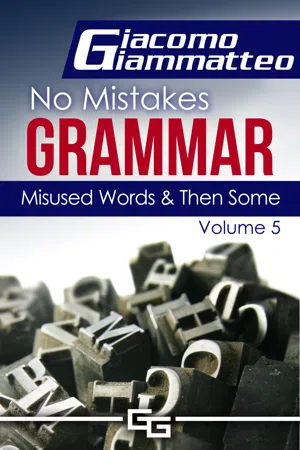A la mode —à la mode "in fashion, style"
In English, this means "with ice cream," an apparent reference to a time when ice cream on pie was the fashionable way to eat it, but in it's day it meant much more than ice cream. Now, you'd be looked at oddly if you tried to use it that way.
Aline or align
I'm glad we started with an easy one. Aline is not a word; it is simply a variant of align, which means to form a line or make a line, or to straighten objects into a line, as in "Align those pictures please. They don't look good that way."
Attaché—"attached"
A person assigned to a diplomatic post or a military attaché.
Ax or axe
I don’t think anyone will mistake what you mean whether you write ax or axe, however, if you want to be correct, ax (without the “e”) is predominant in American usage. And axe (with the “e”) is British.
Berth/birth
Berth: a bunk or place to sleep on a ship or a train.
Birth: giving birth to something, a new baby or animal. Even something inanimate, like he gave birth to an idea.
Catalog or catalogue
This is another US/UK confusion.
Catalog is used in the US.
Catalogue is used in the UK.
🐗 Like the others, the one with the "e" is England.
Cave or cavern
Definition of cave (from Merriam-Webster)
1: a natural chamber or series of chambers in the earth or in the side of a hill or cliff.
Cave is technically a noun, but it has recently come to be used as a verb also, as in to "cave in", which means to fall down or inward. Or we need to keep the walls from caving in.
In an informal sense: to stop trying to resist or oppose something: to give in or submit to pressure. "He caved in to pressure from his wife and kids."
While cave has other uses, such as listed above, I don't know of any for cavern. You don't cavern in, or the walls didn't cavern in.
Many people use them interchangeably, but according to Cavern Geology, there is a difference.
"A cave is any cavity in the ground that is large enough that some portion of it will not receive direct sunlight. There are many types of caves. A cavern is a specific type of cave, naturally formed in soluble rock with the ability to grow speleothems (stalagmites and stalactites).
🐗 The bottom line is that all caverns are caves, but not all caves are caverns.
Censure/censor
Censor: a person who bans a book or parts thereof, or a film or musical piece.
Censure: the act of criticizing strongly or banning books/film/music.
Cereal/serial
Cereal: a grass producing an edible grain, like oats; a breakfast food made from grains.
Serial: happening in a series, such as a series of movies or books. Or a television series.
Chord/cord
Chord: a group of musical notes.
Cord: a length of string or piece of rope. Can also refer to a cord-like body part.
Compare to or Compare With
I was going to write something specific for these words, but then I thought it may be better just to copy a blog post I had written about the comparison. So with no further fuss, here it is.
Some authors claim that "compare to" and "compare with" mean essentially the same thing, but this is not supported by actual data. The verb compare has several different meanings, some of which take the preposition "to", while the others take "with.”
- Compare A to B to claim that A and B are similar.
- Compare A with B to claim that A and B are different.
To com...
